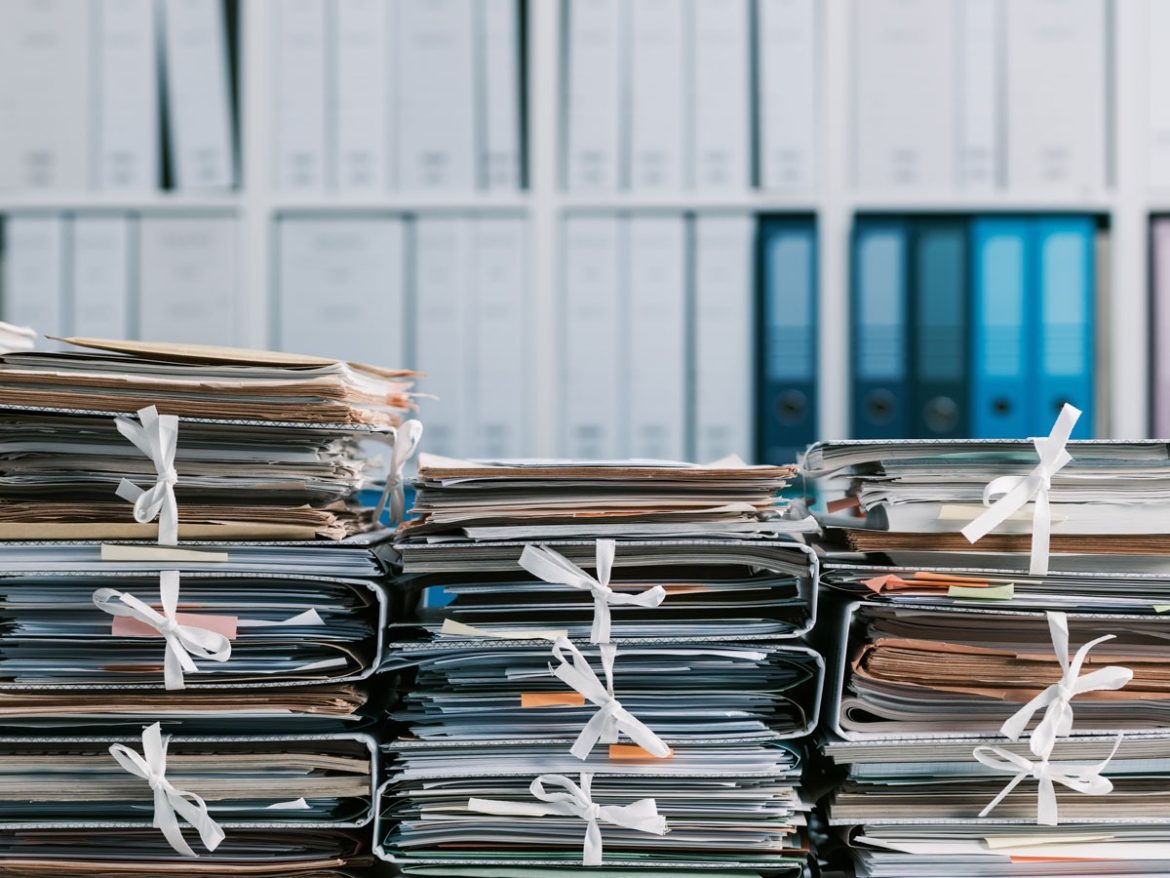Preserving historical documents is essential for maintaining cultural heritage, facilitating research, and ensuring access to valuable information from the past. Optical Character Recognition (OCR) technology has emerged as a powerful tool for digitizing and preserving historical documents, making them accessible in digital formats. In this article, we’ll explore the significance of OCR for historical document preservation and digitization, along with its applications and challenges.
Understanding OCR Technology
How OCR Works
Optical Character Recognition (OCR) is a technology that converts scanned images of text into machine-readable text. It utilizes advanced algorithms and pattern recognition techniques to identify and interpret characters within a document image. OCR software analyzes the shapes, sizes, and patterns of characters to accurately recognize and extract text, even from complex documents with varying fonts, languages, and styles.
Benefits of OCR for Historical Document Preservation
Preservation of Cultural Heritage
OCR technology plays a crucial role in preserving cultural heritage by digitizing and archiving historical documents. By converting fragile and deteriorating paper documents into digital formats, OCR helps prevent physical degradation and loss of valuable information. This ensures that historical documents remain accessible for future generations, preserving the cultural legacy and identity of societies.
Facilitation of Research and Education
Digitized historical documents, enabled by OCR, facilitate research and education by providing easy access to primary source materials. Researchers, scholars, and educators can search, analyze, and study historical texts more efficiently, uncovering valuable insights and perspectives from the past. Digitized archives also support interdisciplinary collaborations and cross-cultural exchange, enriching scholarly discourse and understanding.
Applications of OCR in Historical Document Preservation
Digitization of Manuscripts and Archives
OCR technology enables the digitization of manuscripts, archives, and rare books, transforming physical documents into searchable digital collections. Libraries, museums, and archives use OCR to preserve and provide access to historical texts, photographs, maps, and other archival materials. Digitized collections enhance accessibility, expand audience reach, and facilitate remote research and exploration of cultural heritage resources.
Automated Transcription and Metadata Extraction
OCR-based transcription tools automate the process of converting handwritten or typewritten text from historical documents into machine-readable formats. These tools utilize OCR algorithms to recognize and transcribe text accurately, saving time and effort compared to manual transcription. Additionally, OCR can extract metadata such as dates, authors, and titles from digitized documents, enriching archival records and enhancing search capabilities.
Challenges and Considerations
Accuracy and Quality of OCR Output
Despite advancements in OCR technology, achieving high accuracy in text recognition remains a challenge, particularly with degraded or complex historical documents. Handwritten text, faded ink, smudges, and irregular fonts can affect OCR accuracy and produce errors in the output. Historical document digitization projects must carefully assess and mitigate OCR errors through manual correction, validation, and quality assurance processes.
Preservation of Document Integrity
Preserving the integrity of historical documents during digitization is critical to maintaining their authenticity and historical context. OCR processing may alter the visual appearance of documents, potentially affecting their aesthetic and historical value. Organizations undertaking digitization projects must adhere to best practices for document handling, scanning, and processing to ensure the preservation of document integrity and authenticity.
Conclusion
OCR technology offers valuable capabilities for preserving and digitizing historical documents, enriching cultural heritage and advancing scholarly research. By leveraging OCR tools and techniques, organizations can unlock the potential of historical archives, making them accessible to a global audience and preserving the legacy of past generations. While challenges such as OCR accuracy and document integrity remain, ongoing advancements in technology and best practices continue to enhance the effectiveness and impact of OCR for historical document preservation and digitization.

